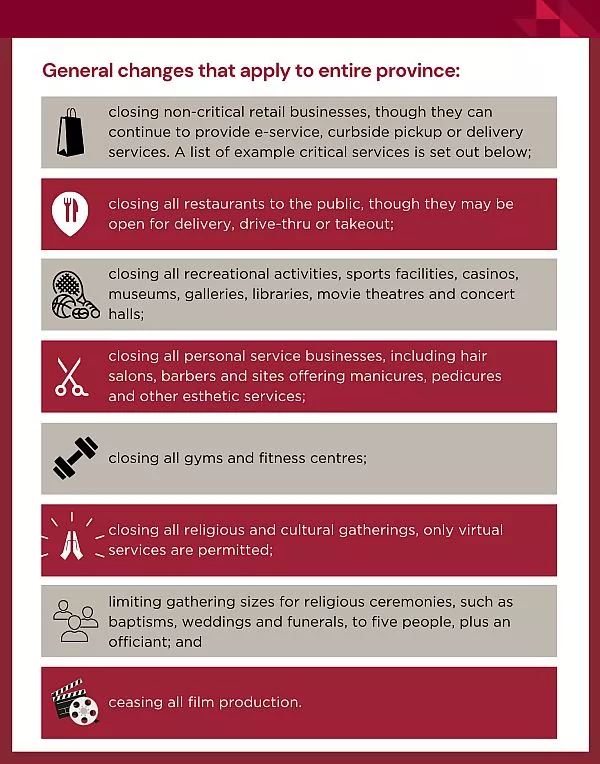Recap: Forestry planted after 1 January 1990 on land that was previously not in forest is eligible to be registered as post-1989 forest and to receive carbon credits (New Zealand Units or NZUs) for each year of growth and the carbon stored. It potentially offers a financial incentive to afforestation as the trees can earn NZUs which can then be sold. However the scheme is complex and has failed to drive afforestation.
NZUs are now trading at or around $25 per unit, up from a low of $1.70 in June 2013. This price point is driven by carbon emitters (liquid fossil fuel, industrial processes, stationary energy and waste sectors) who are required to purchase NZUs to account for their emissions. However they have had a reasonably soft ride until recently. For the first few years of the Emissions Trading Scheme (ETS) they enjoyed a two for one deal (they only needed to surrender one emission unit for every two tonnes of emissions). This 2 for 1 deal has been phased out so from 1 January 2019 emitters have a full surrender obligation. However emitters still enjoy the fixed price option (paying the government $25 per tonne of emissions) which is likely to continue into 2020. For this reason the NZU price has topped out at $25 presently (emitters can simply avoid buying NZUs and pay cash).
The ETS Review released in 2018 has focussed on some key proposals to help improve the scheme:
Auctioning by 2020 – the Government will commence a uniform price auction process for bidding on NZUs. This helps the Government manage its international treaty obligations (emission targets) and allows market participants a more predictable and certain market.
Price Ceiling Proposals – to replace the fixed price option ($25) the Government will set a ceiling price each year at which NZUs held in reserve by Government will be released to the market.
International Units – opening up NZ to international markets again but limiting the units that may come in to the NZ market.
Coordination of decision-making - It is proposed to introduce a process for setting and announcing NZ ETS unit supply volumes annually over a five year "rolling period". This is designed to try and give market participants more predictability and information.
These proposals will take time to shape up as feedback is being sought on the exact approach the Government will take.
Averaging - One aspect of ETS under discussion is to introduce an averaging approach to the volume of NZUs in a forest. Essentially at present a post-1989 forest owner receives NZUs right up to the harvest period (the peak in the amount of carbon stored). However as the NZUs must largely all be handed over on harvest there is a lack of confidence to trade NZUs received. A proposal of averaging would allow the forest to receive up to its long term average carbon volume but no more. There would then be no obligation to handover NZUs on harvest provided a further rotation of trees occurred (no deforestation through change of land use). This would allow a forest owner to make a decision to sell NZUs received knowing they will not be needed at harvest time.
On 12 December, Forestry Minister Shane Jones announced the first tranche of revisions to the ETS, which include the addition of permanent forests to the scheme. Further decisions are expected in 2019 and an update will be made available on our website in early 2019.
The content of this article is intended to provide a general guide to the subject matter. Specialist advice should be sought about your specific circumstances.

